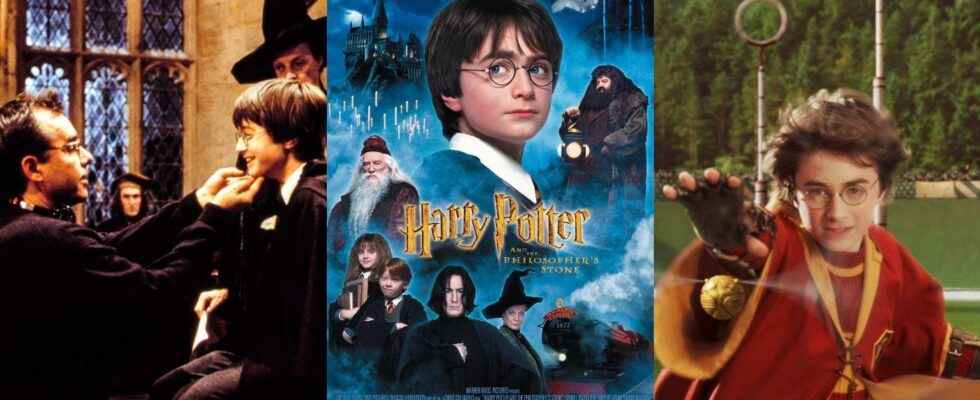From the casting process to strange tidbits about the movie to frustrations in the filmmaking process, Harry Potter and the Sorcerer’s Stone is a goldmine for fun facts and stories that Potterheads can enjoy. 2021 marks the twentieth anniversary of the film, which sent the Harry Potter franchise soaring to never before seen heights. Not only is this the perfect time to rewatch the Wizarding World saga but also to appreciate what went into the film’s creation.
The upcoming reunion on HBO Max will undoubtedly go further into many famous behind-the-scenes anecdotes from the set of the first film. While the special is only a couple of weeks from airing, there are still a lot of things about the film that, two decades later, a lot of the less hardcore Potterheads are not aware of.
While their involvement in the proceeding films was minimal, the owls of the Wizarding World had a handful of enjoyable scenes to add some magic to The Sorcerer’s Stone – although capturing those scenes did prove an arduous task.
According to Evening Standard and animal trainer Gary Gero, the most challenging scene to shoot in the movie was the one in which Harry is delivered his broomstick by Hedwig, which took months to film. Knowing the effort and care that went into the training and participation of the owls in the film makes small scenes like that one better for fans.
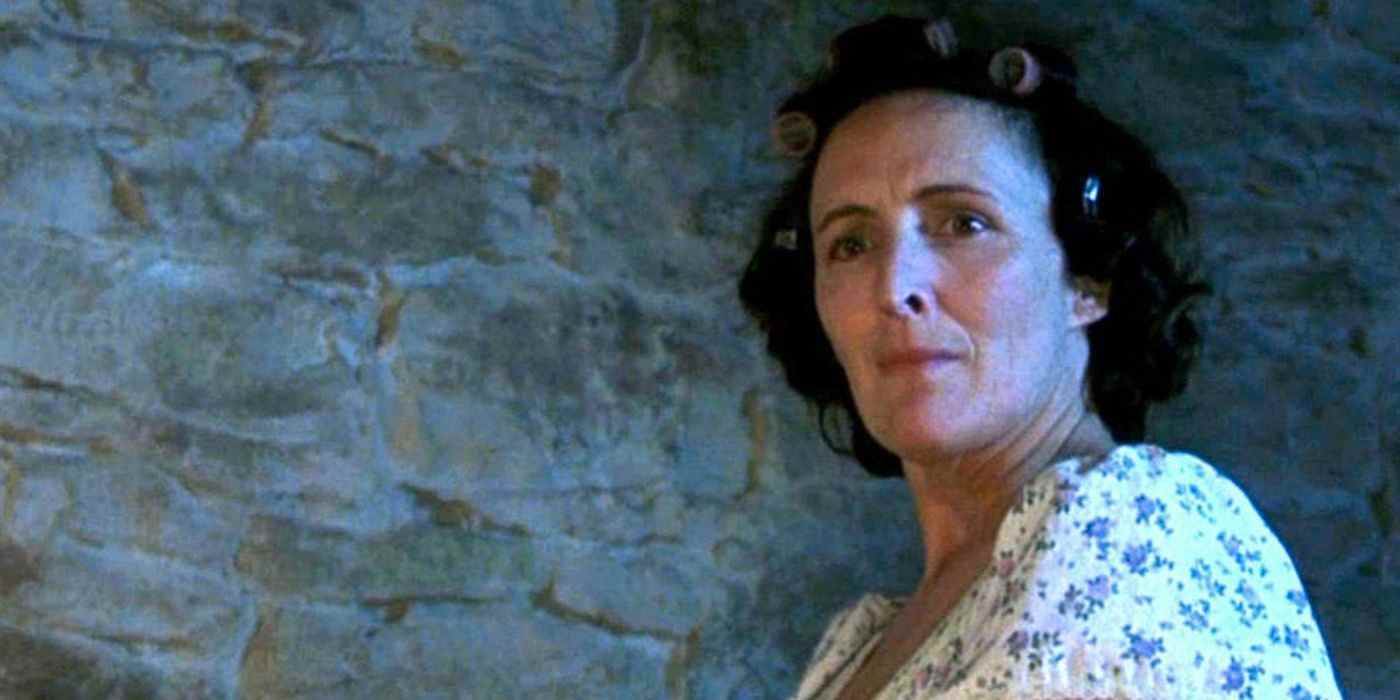
The fact real owls were used in the film is a testament to the desire for authenticity and magic from the filmmakers, but specific incidents detailed in interviews done by the Independent showcase how difficult it could be for actors.
In particular, one situation saw Fiona Shaw, who played Aunt Petunia, have to have a dead mouse attached to her to keep the attention of the mass amount of owls outside the Dursley’s home, as they were constantly distracted by the camera. This showcases how simple yet outlandish solutions are sometimes vital in filmmaking and adds a funny little layer to the scenes involving the Dursleys and the owls at Privet Drive.
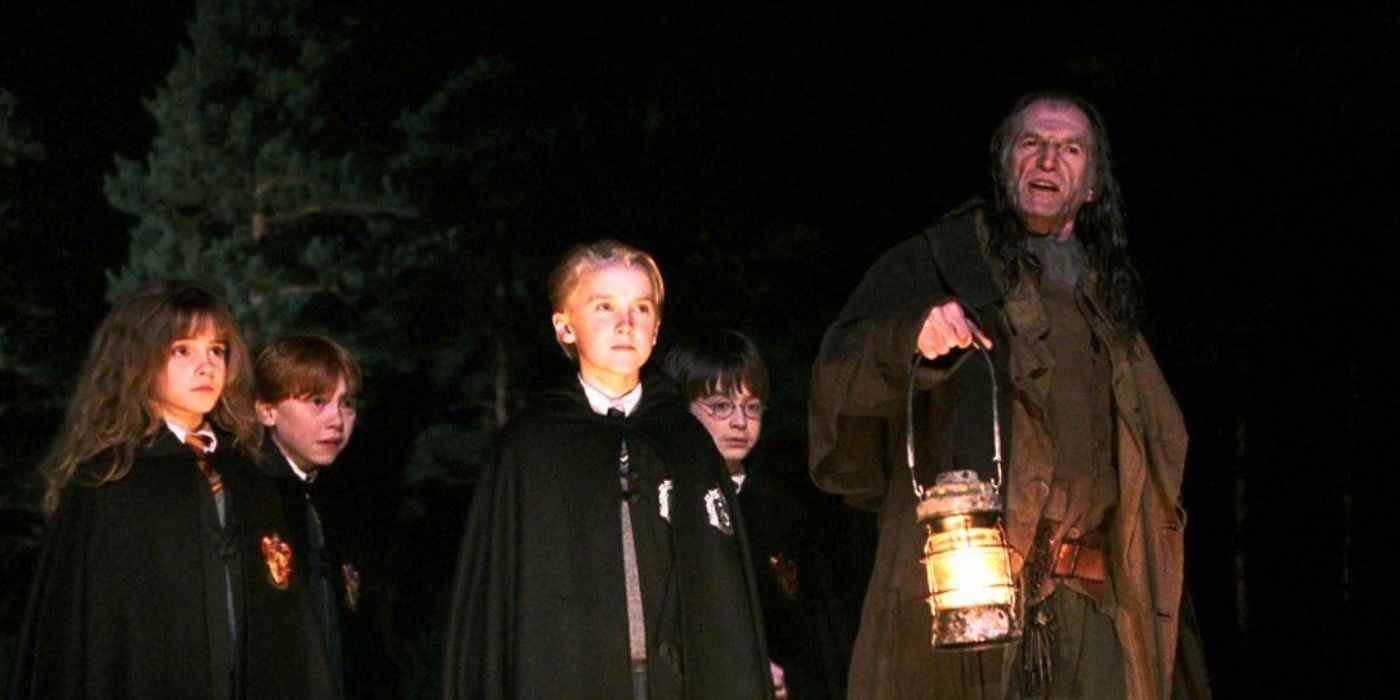
David Bradley stars in Harry Potter as Argus Filch, caretaker at Hogwarts who provides some great moments in the movies alongside his cat Mrs. Norris. As he states to the Independent, Bradley was initially interested in the role of Snape.
Unfortunately, nobody could pull of Snape on the level of Alan Rickman; it is impossible to imagine many other actors in the role, much less Bradley, who is excellent as the bitter Filch. Bradley’s kids believed him to be a better fit for Filch than Snape, and they were dead right.
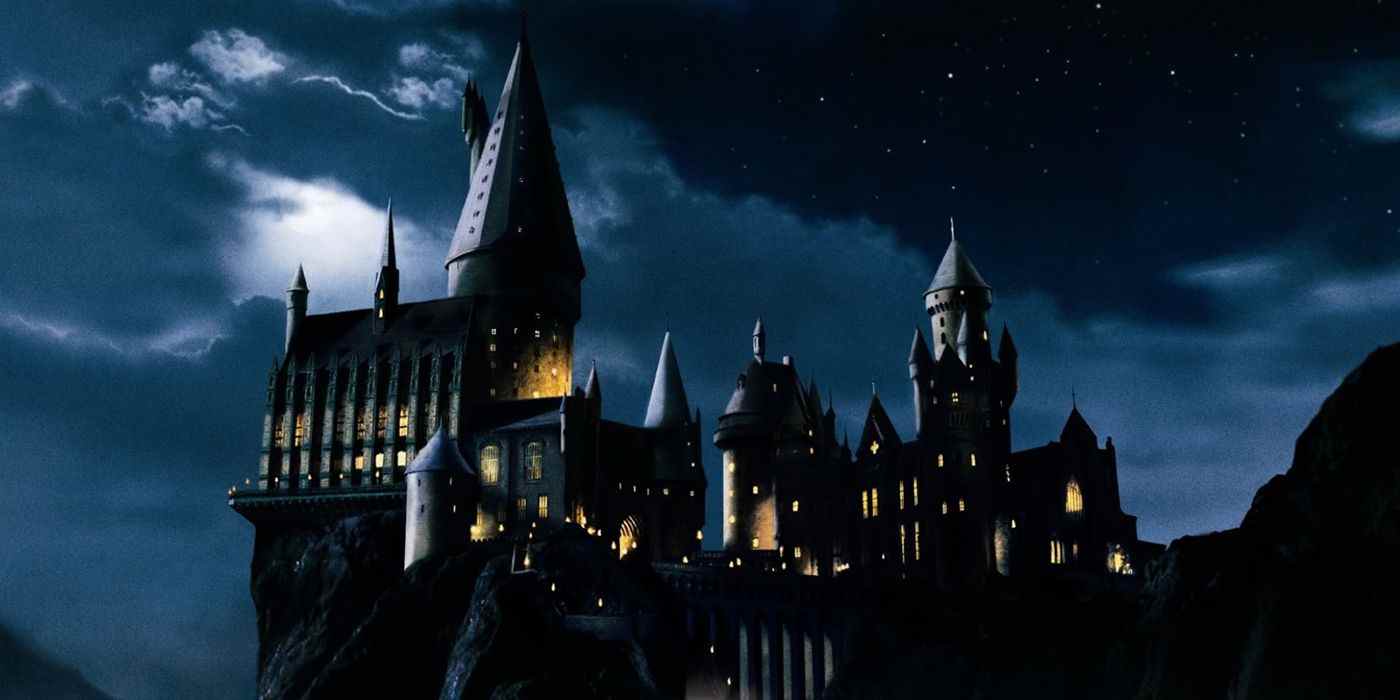
The Sorcerer’s Stone has some gorgeous set pieces, Hogwarts in particular. It is perhaps extra special since it is the first on-screen look at the iconic and detailed castle. The production went to many a beautiful place in real life to capture the beauty of the Wizarding World.
Not every location was jumping at the chance to host Harry Potter, though. According to The Guardian, Canterbury Cathedral, a stunning piece of architecture and a place of Christian worship in England, refused Warner Bros and their money. This was due to the “pagan” themes of the story and was not the only time the religious undertones of the franchise came into question.
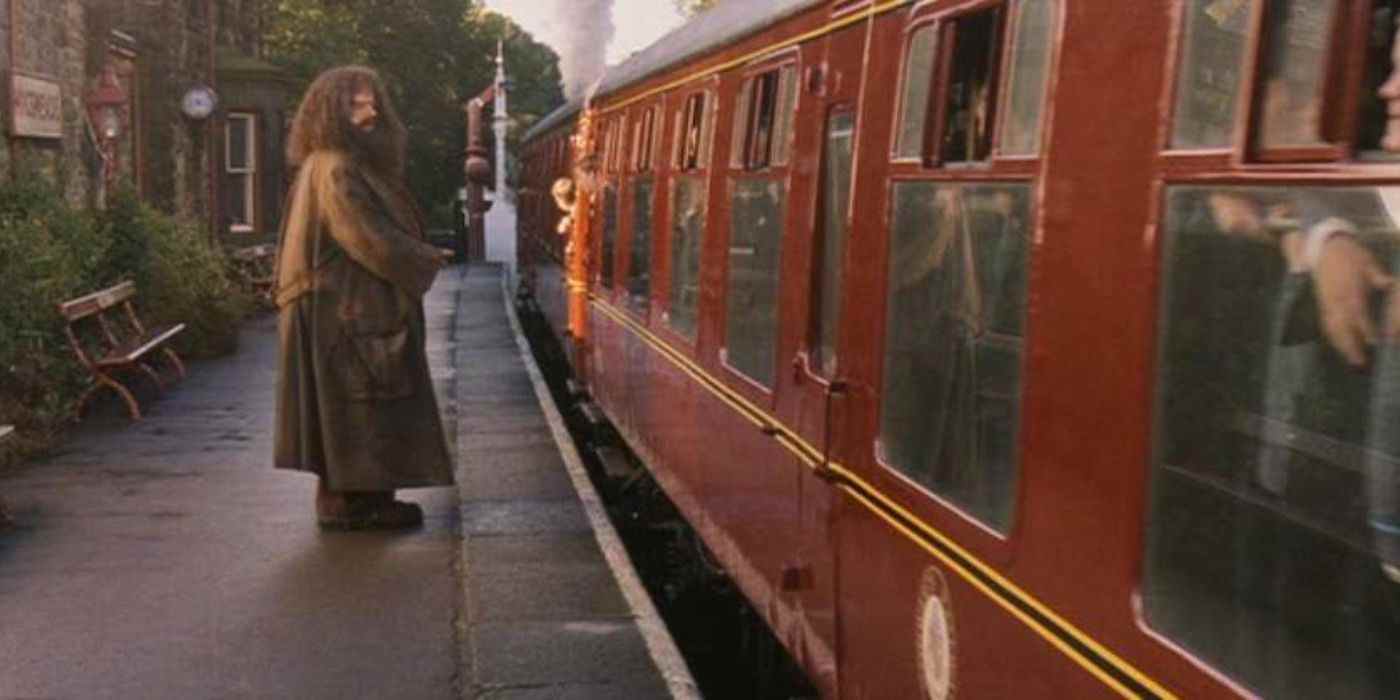
The final scene of The Philosopher’s Stone sees Harry part ways with Hogwarts aboard the Hogwarts Express, giving a heartfelt goodbye to Hagrid. According to multiple sources, this was actually the first scene shot.
What makes this impressive is that there is some genuine emotion in the scene. Of course, Robbie Coltrane and Daniel Radcliffe are fantastic throughout the whole film. Still, to shoot such a scene before anything else and have it come out the way it did makes the job done by the actors all the more impressive.
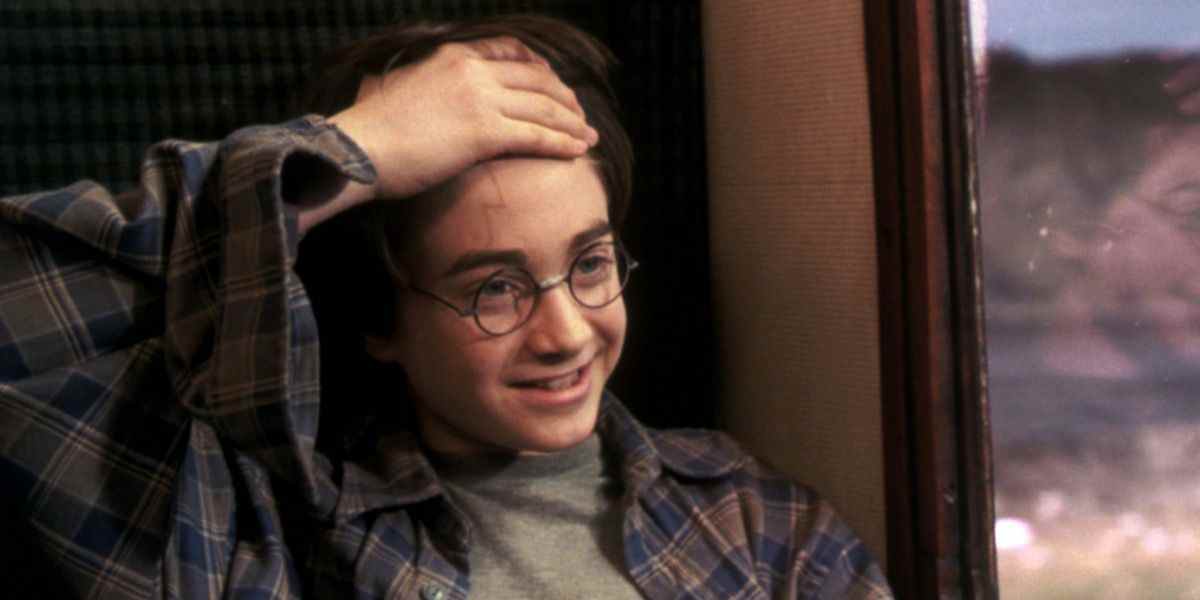
Apart from his scar, Harry Potter’s most iconic feature is arguably his eyes. Not because they are particularly memorable on their own, but rather due to the famous recurring line about sharing his mother’s eyes. Daniel Radcliffe, though, does not share Lily’s bright green eyes.
According to Radcliffe via the BBC, the initial intention was to have Radcliffe wear green contacts. However, he had an allergic reaction and was unable to keep them on through the film. This undoubtedly takes away from the films every time someone mentions Harry and Lily’s shared eyes, but nobody can blame Radcliffe for being allergic to the contacts. On the other hand, the argument is that they share similarly shaped eyes, particularly Dan and the child version of Lily. It’s just that they just are not the same color.
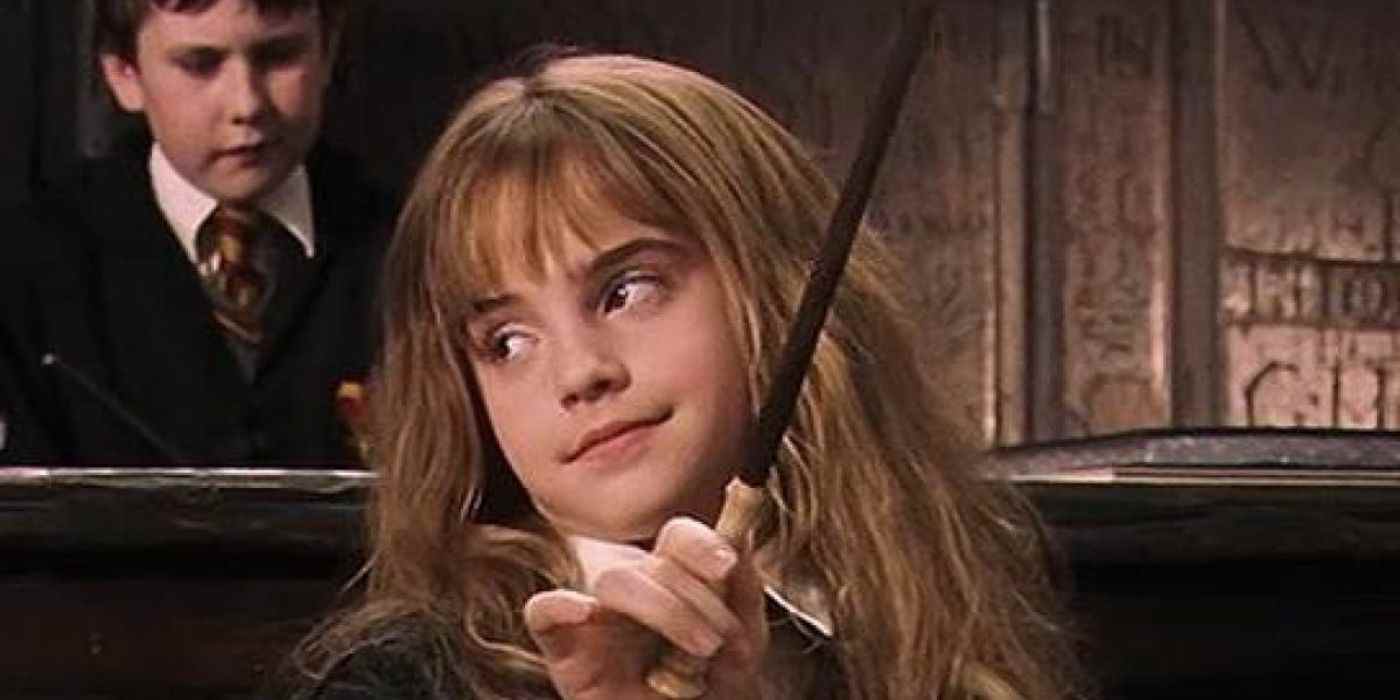
While they made absolutely no difference to the quality of the films or the story getting told, there were some significant differences between character appearances in the books and movies. Emma Watson, according to EW, almost wore fake teeth for the film.
Hermione in the books is famously buck-toothed, while Watson is more naturally blessed in that department. The fake teeth simply never worked, though. Similar to Radcliffe’s green contact lenses, it could not be helped. Not matching up with the novel version of Hermione did not impact the quality of the performance from Watson, though, nor did it hinder her natural Hermione energy.
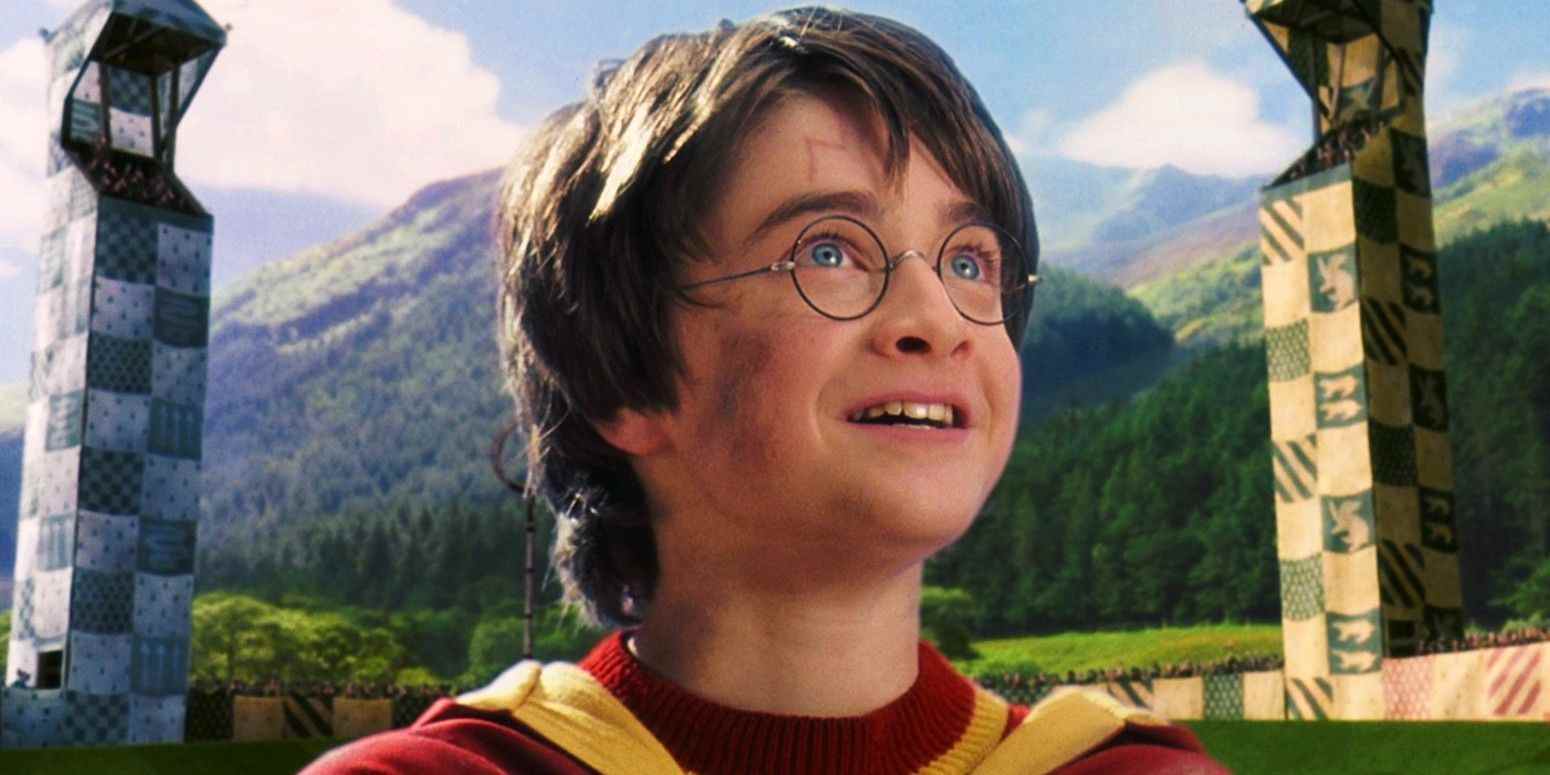
The movie did come out all the way back in 2001, so fans can forgive some lacking visual effects in The Sorcerer’s Stone, especially since it has some awesome practical sets. According to CinemaBlend, though, Columbus has some regrets regarding the visual effects.
Columbus particularly feels that the Quidditch scene could have been much better with more advanced technology. Quidditch proved to be something fans got nowhere near enough of in the Potter films, so seeing it done so well in The Philosopher’s Stone is one of the film’s most magical highlights. However, it is understandable that Columbus, as a filmmaker, is frustrated that the film came before technology allowed for an optimum depiction of the sport on-screen.
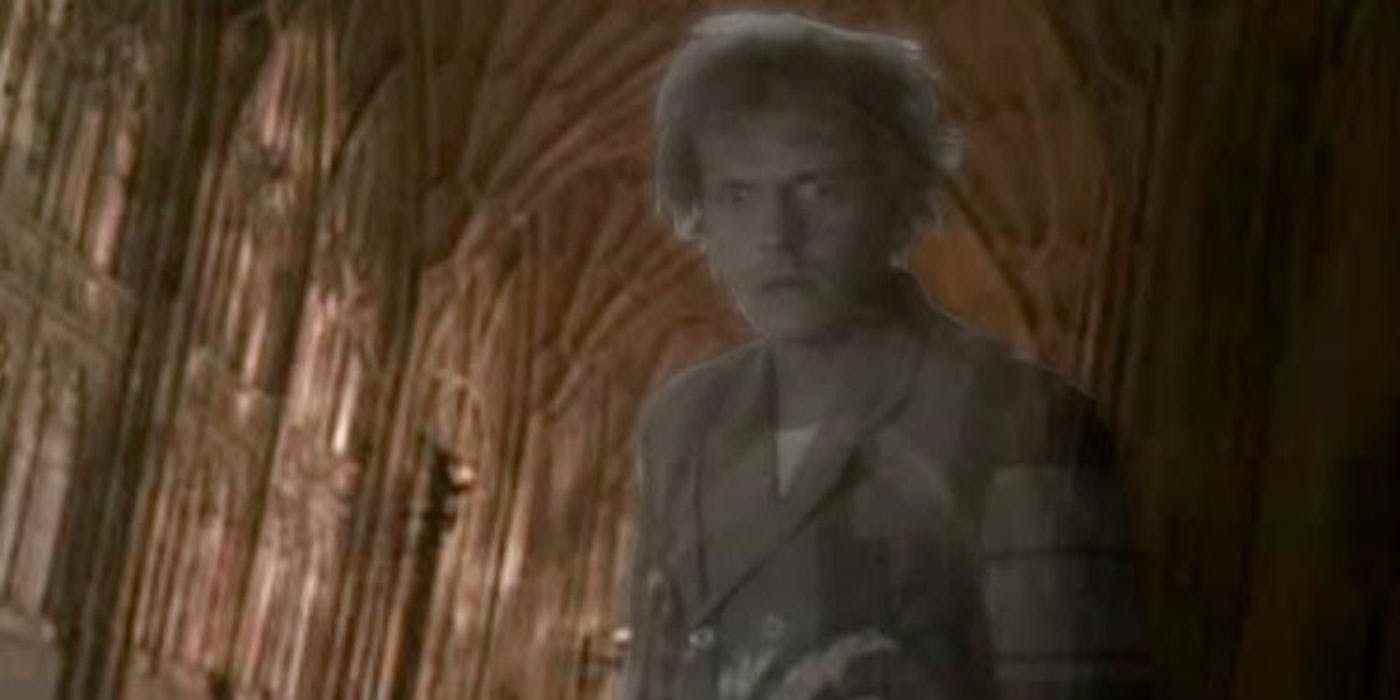
Many Potterheads believe that more extended adaptations of the stories are needed. According to The Independent, Christopher Columbus also wants an extended cut of his film, which involves Rick Mayall’s Peeves.
Alongside St. Mungo’s, the elf’s storylines, Tom Riddle’s background, and the meaning of the Half-Blood Prince, Peeves is one of the most notable omissions from the Potter movies, and seeing him in a version of The Philosopher’s Stone would be a joy. At this point, though, fans would likely just prefer a show set in the Wizarding World rather than three-hour cuts of the films.
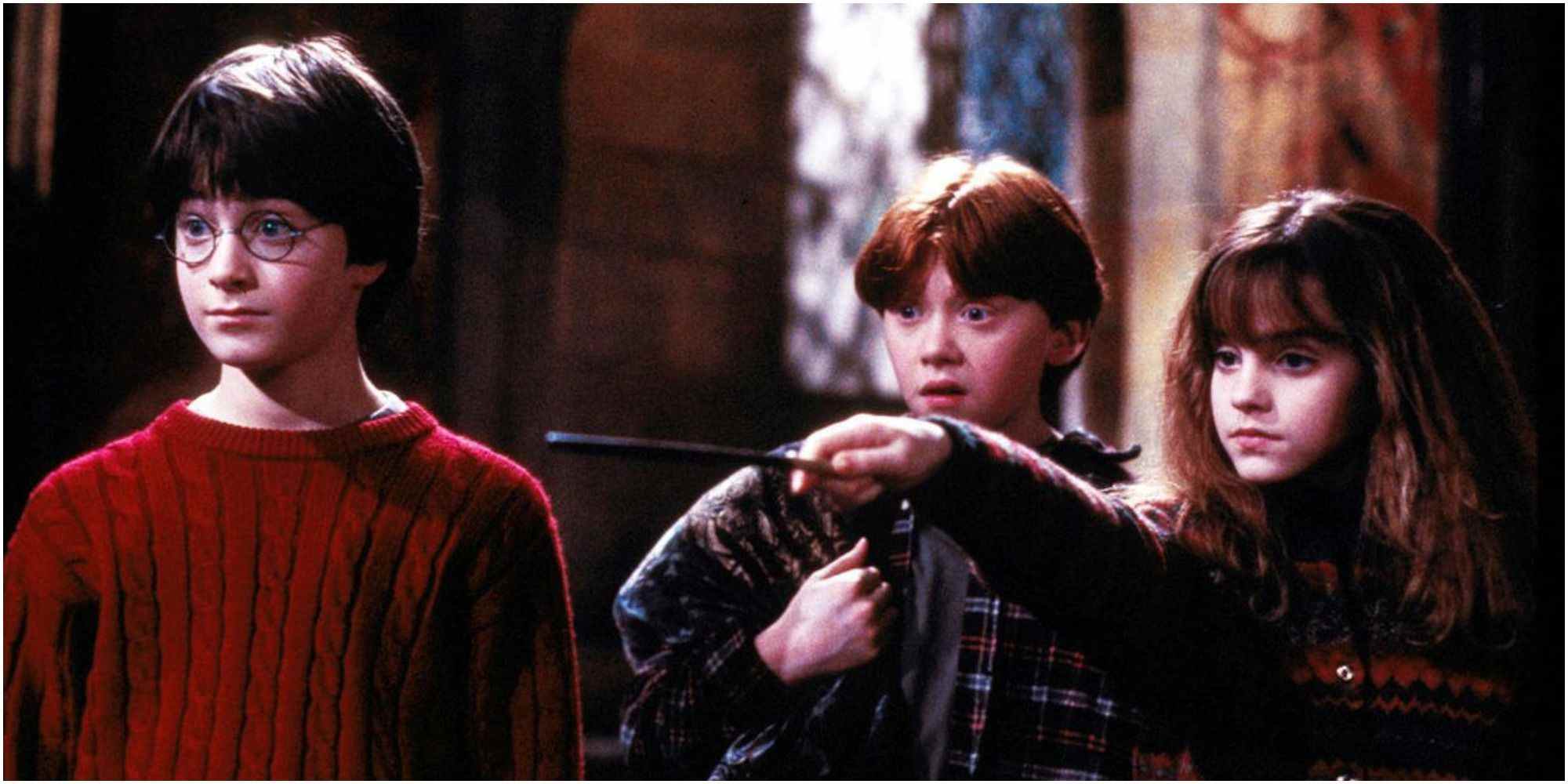
Chris Columbus did a fantastic job in directing Harry Potter and the Philosopher’s Stone, particularly in navigating the challenge of dealing with so many children. According to Columbus via The Independent, he even acted as a foil for the kids from behind the camera.
Columbus acting out scenes for them on his own from behind the camera is a testament to his talent in directing child actors, showing the love and care he had for them and the project. Columbus’ work is also likely why the leading children delivered such good performances for their age.
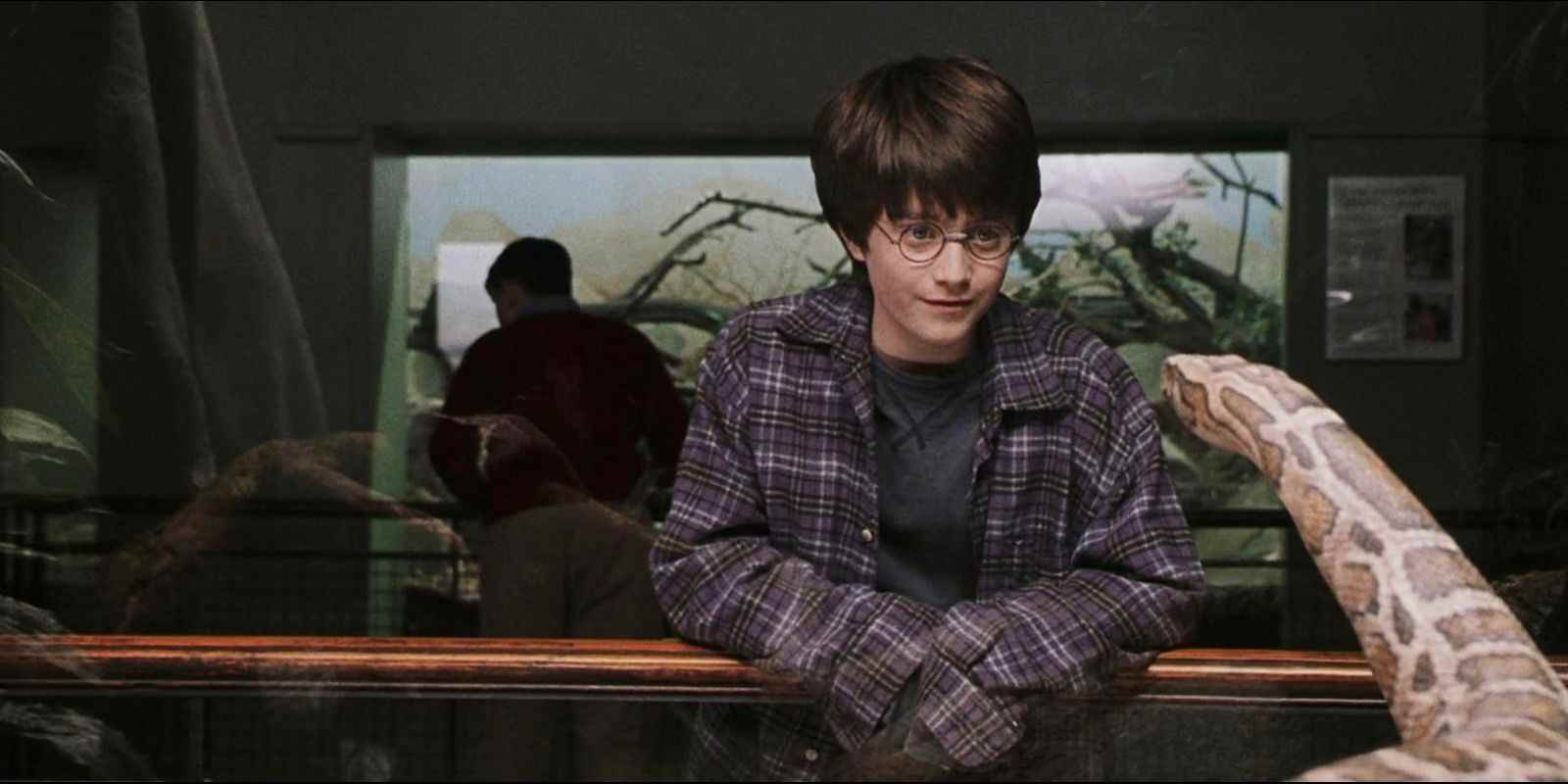
It may not be a behind-the-scenes story or something regarding the making of the film, rather just a fun fact that not every fan will have realized. Either way, it is pretty fascinating that Harry does not use his wand to perform one spell in The Philosopher’s Stone.
Harry, of course, does accidentally perform magic in the zoo and fends off Quirrel, but not one piece of magic comes from his wand. Anybody could know this, but it is not something audiences usually consciously think about. More so, they just assume the wizard performs magic, Harry does perform a plethora of spells in the proceeding movies after all. It is just a funny yet almost unbelievable little fact about the film.
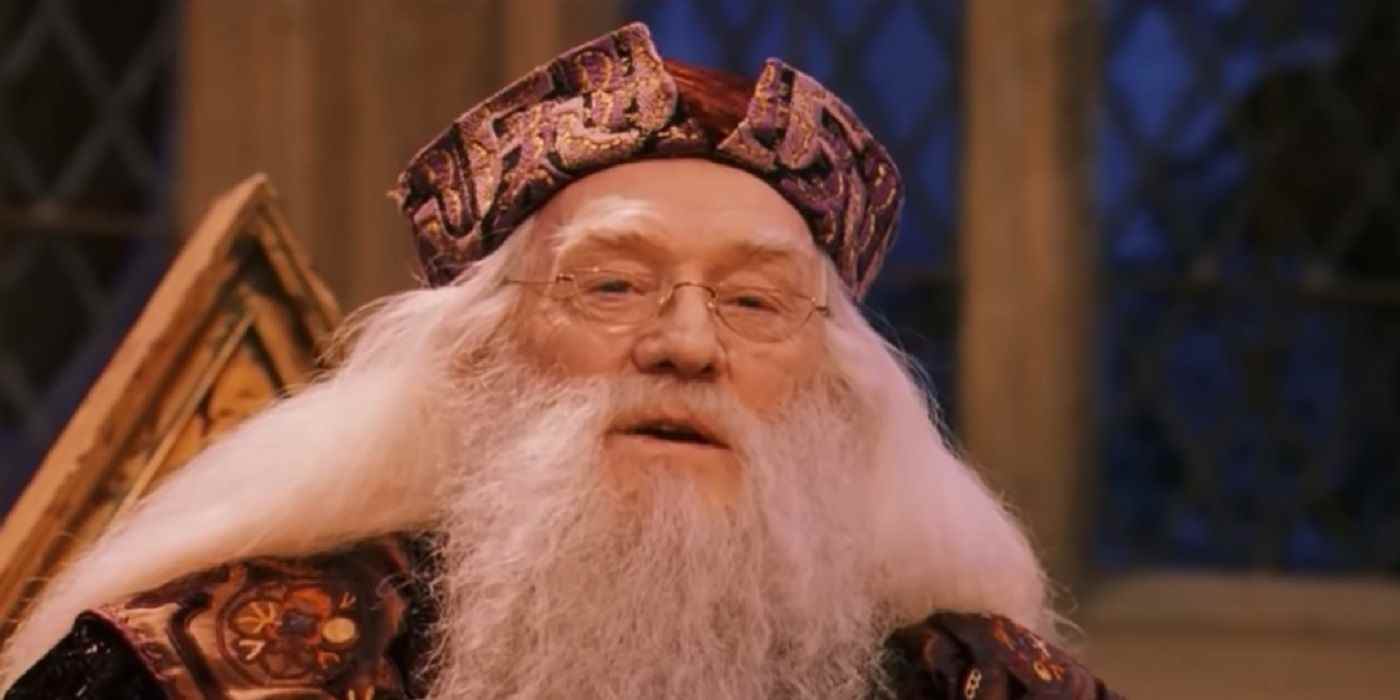
The passing of Richard Harris after only two outings as Dumbledore was tragic. To this day, fans debate whether or not he would have been the best Dumbledore for films 3-8. But, according to Harris via The Guardian, he nearly never appeared in the films at all.
Harris turned down the role of Albus Dumbledore three times before his granddaughter convinced him. This highlights the power Harry Potter had before it was even a film and its popularity amongst children across the world. Even if the late, great actor only got to appear twice as the Hogwarts headmaster, fans are still thankful for his warm presence, which fit wonderfully with those movies.
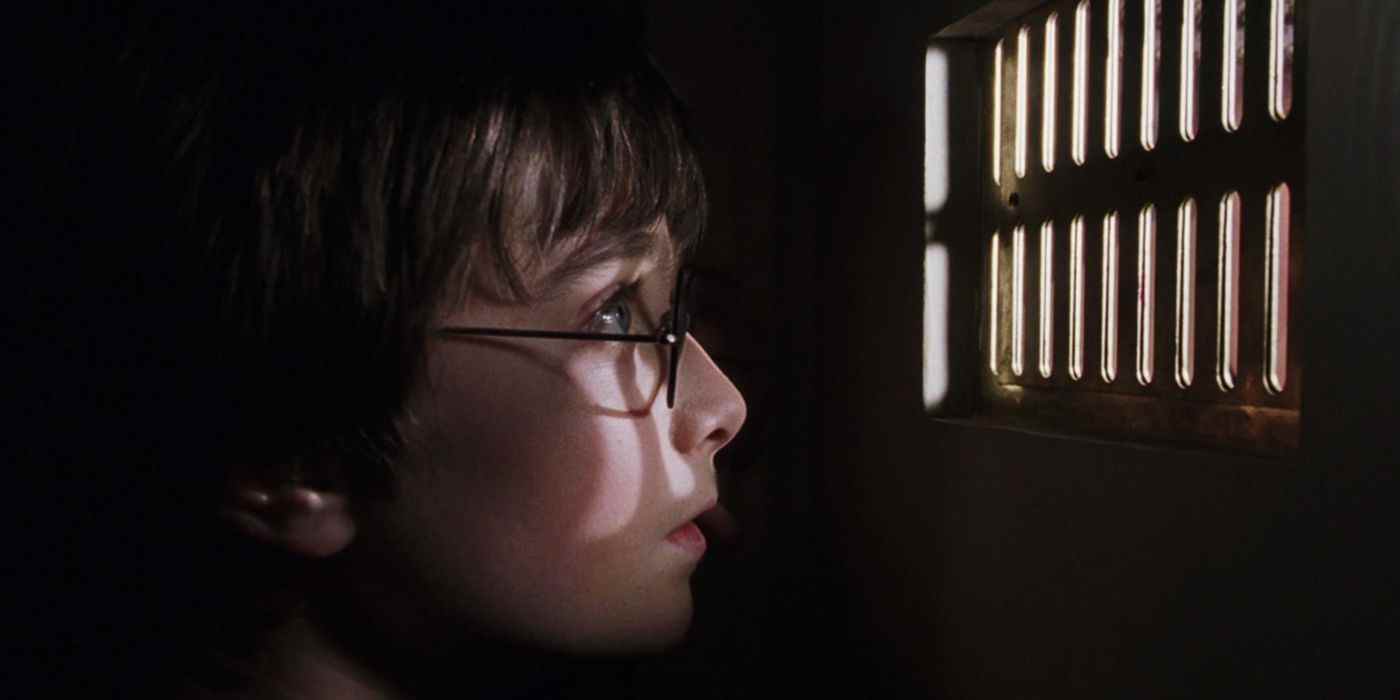
Being a child actor is always a daunting task, even more so when it is as a part of a hugely popular franchise that would go on for eight films. Understandably, Daniel Radcliffe’s parents were not keen on him taking the role, according to Cheat Sheet.
Radcliffe—along with his co-stars—grew up in the public eye, and so being scrutinized to that extent was unquestionably immense pressure on the young actors. It is easy to get why Radcliffe’s parents were worried. Luckily they were promised that their son’s health and safety would be the number one priority. In turn, fans got the actor who perfectly fit the role of the Chosen One.
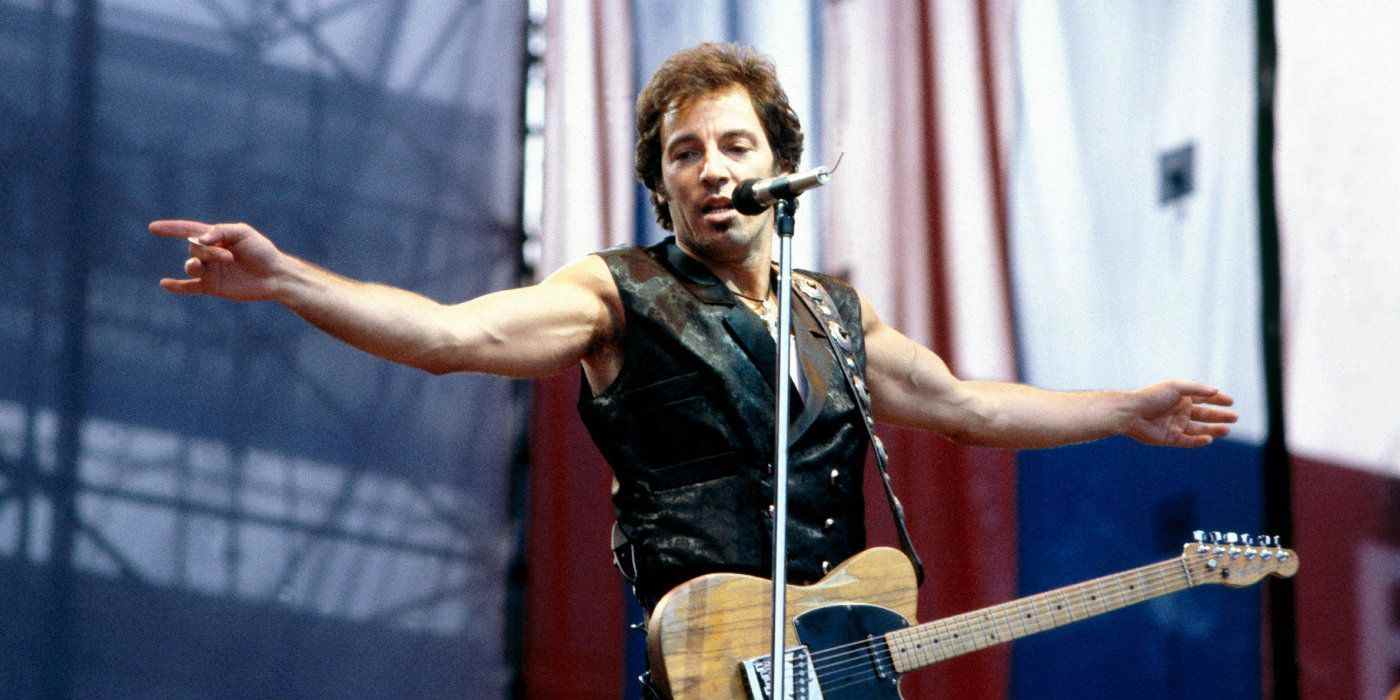
The incomparable John Williams wonderfully scores Harry Potter and the Philosopher’s Stone. It is one of the most memorable scores in pop culture, and therefore it is hard to imagine that Bruce Springsteen nearly snuck on the film alongside Williams’ music.
According to ScreenRant, though, the Boss very nearly got an unreleased hit on the film’s soundtrack. Warner Bros. had to pass on Springsteen’s song, titled “I’ll Stand By You Always,” due to Harry Potter’s creator. They did not want commercial music in the franchise. It is easy to see why. As legendary s Springsteen is, it is hard to imagine any possible scene or sequence where one of his tunes would feel narratively natural and purposeful.
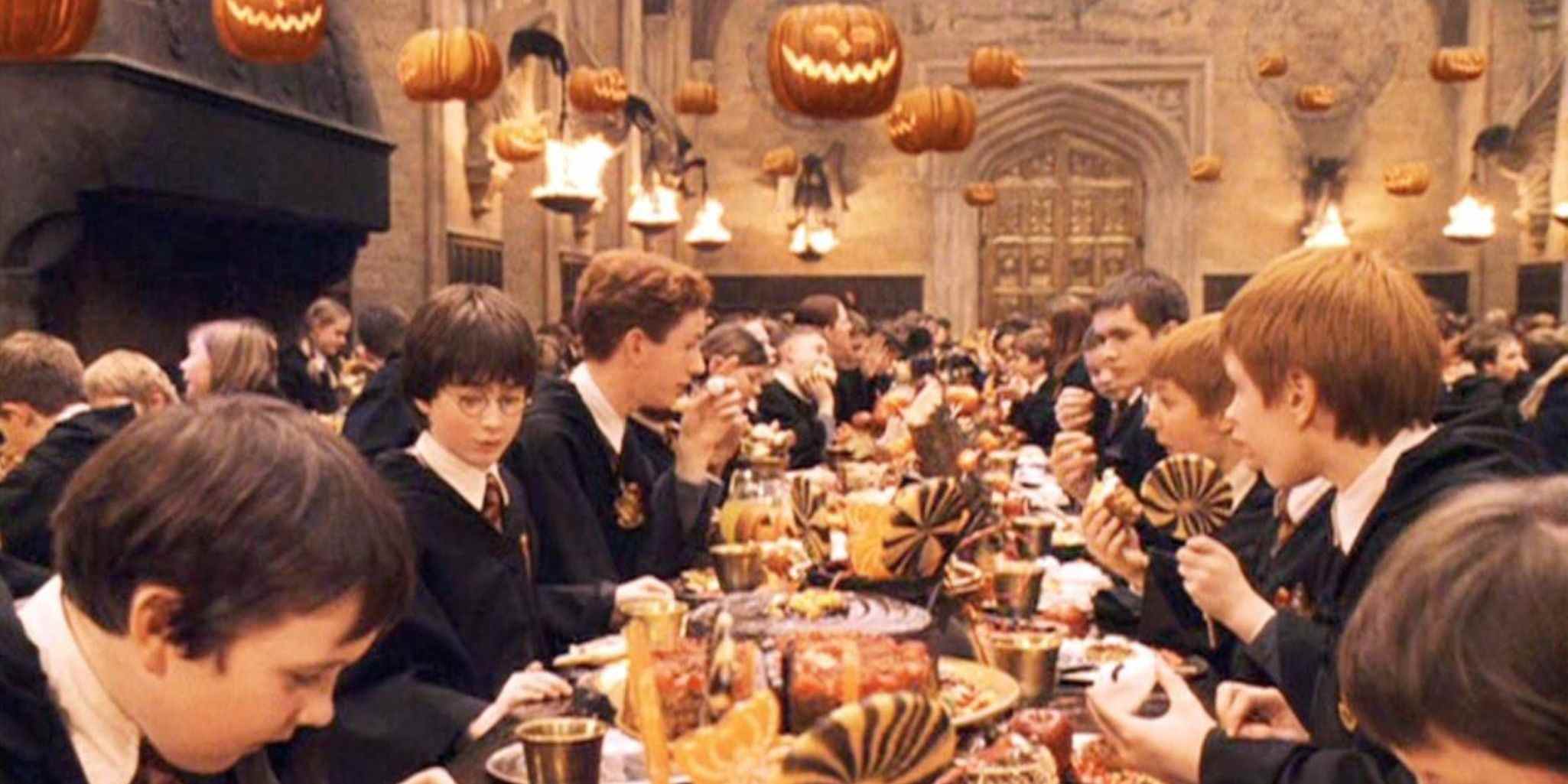
Every Potterhead growing up with the novels and films has dreamed of attending one of the grand feasts in the Great Hall of Hogwarts. According to Warwick Davis via The Mirror, shooting these feasts was quite the task since real food got used.
It was all suitable for the crew on day one, but the more days there were, the more the food rotted and stunk up the set. With such a variety of meals on display, it is easy to think about the rot and decay spread across the tables. On the plus side, at least the performers did get to eat on day one.
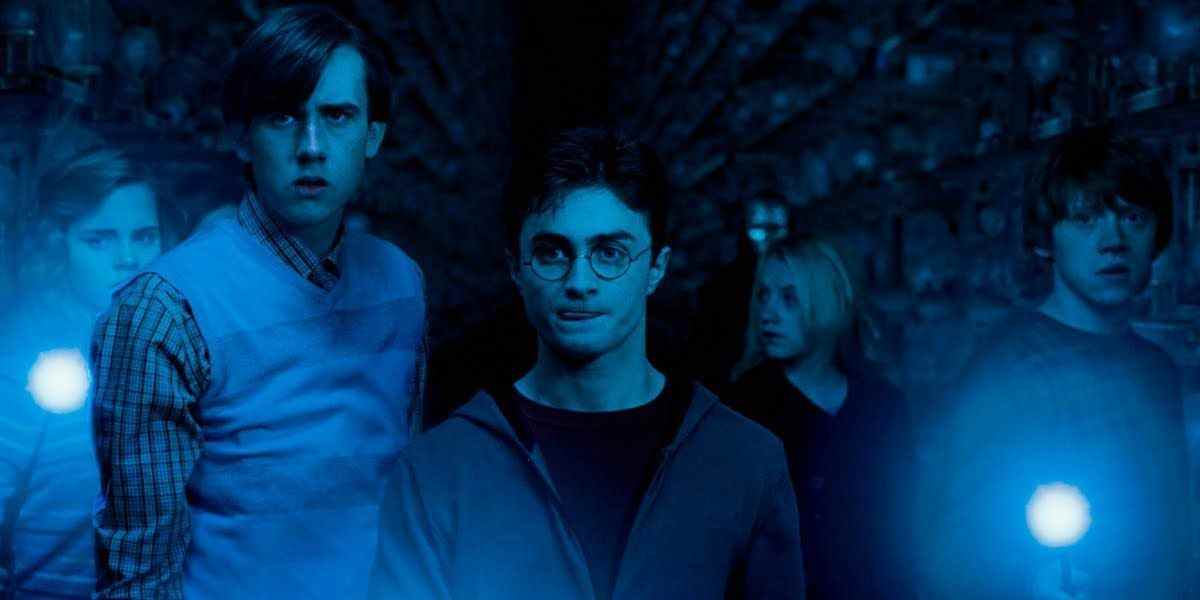
When The Sorcerer’s Stone was released in 2001, only four of the eight books were completed. With the author having a lot of control over the creative side of things and being a consultant, knowing the future of their story, they were relied on to prevent contradictions and continuity errors.
According to Steve Kloves (screenwriter of The Sorcerer’s Stone) via IGN, a line actually had to be removed from the film as it would have directly contradicted Order Of The Phoenix, which did not come out until 2003. In the past, on-screen adaptations of written stories have shown a lack of care for issues like this. It is a testament to all involved that they strove to create a cohesive, creative vision that followed the source material’s main story in the first film.
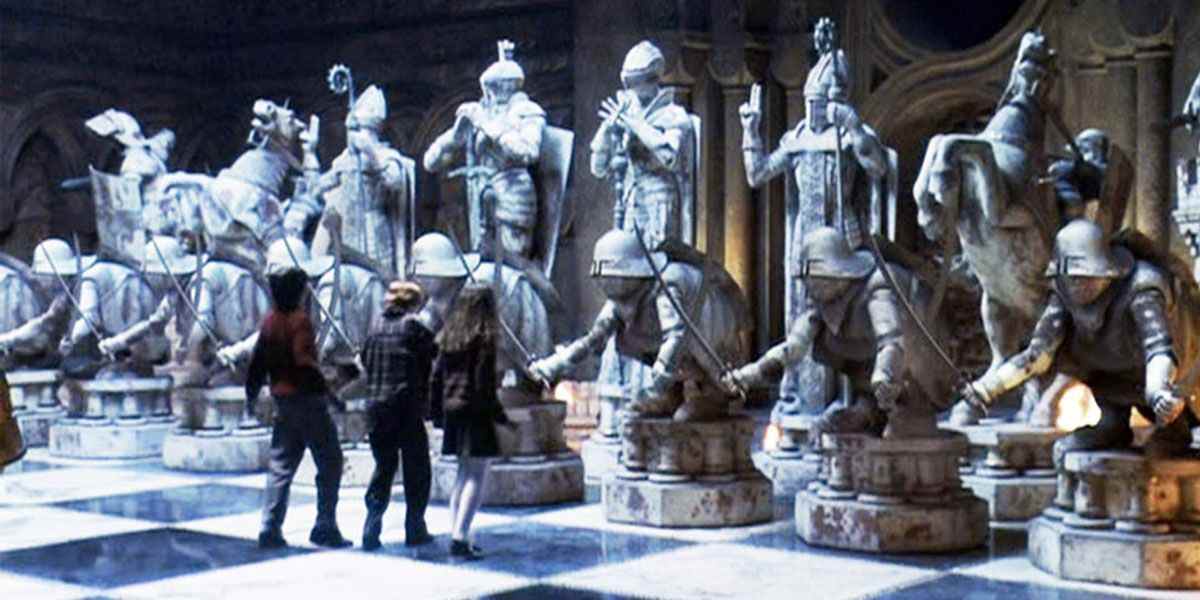
When the first Harry Potter book was released in 1997, there was a slew of studios looking for rights to create the film versions of them, with Warner Bros eventually winning out, thanks to promises they made to the author, according to Closer Weekly.
Warner came with multiple offers. Eventually, their promises and how they seemed to care about the material landed them the rights. The promises they made were that there would be an all-British cast and that it would be kept true to the book. This was something that many fans believed was achieved in the first movie; better than any that came after at least.
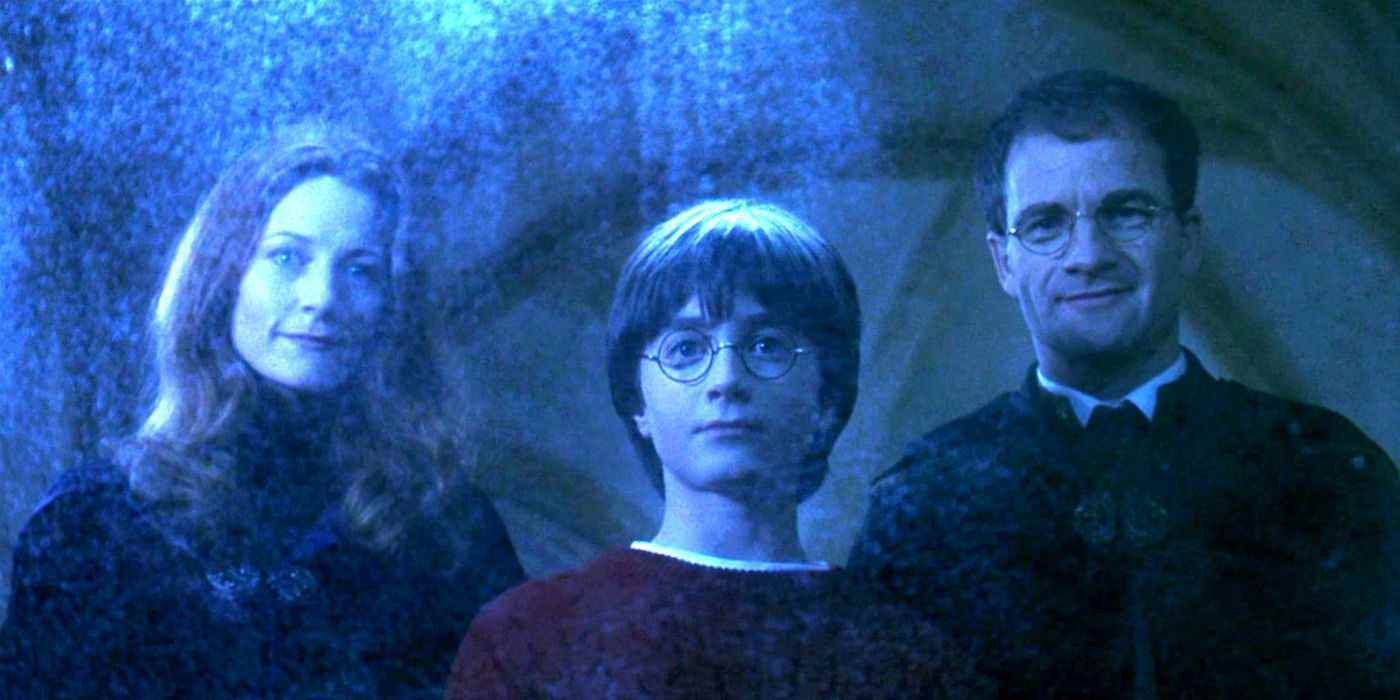
The Mirror of Erised is one of the most important and fascinating aspects of The Sorcerer’s Stone, and around its frame is this inscription, which could easily be mistaken for Latin.
In reality, it is a backward message, “I show not your face but your heart’s desire,” which pretty much describes what the Mirror of Erised does. It is something not many Harry Potter fans know about, only the eagle-eyed and the seriously hardcore Potterheads. This is a fun little easter egg seen in what may well be the movie’s best, or at least its saddest and most emotional, sequence.
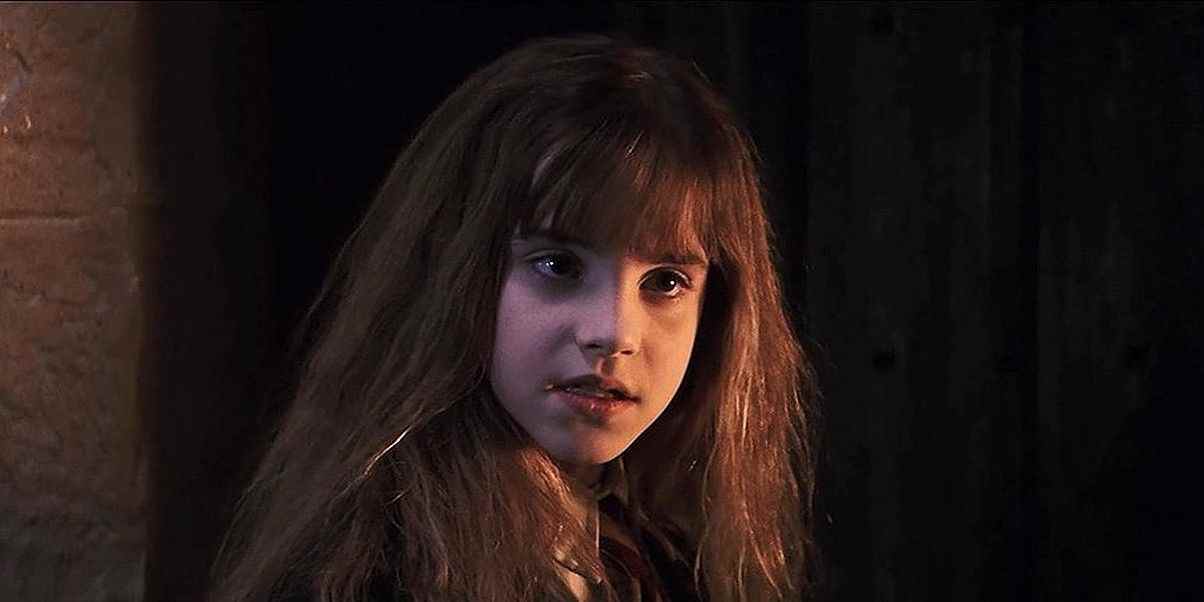
The cast and crew of Harry Potter have gotten a mountain of awards over the years, including Emma Watson, who received the British Artist of the Year at the Britannica Awards. She shared a delightful anecdote about how her hamster Millie died during the filming of The Sorcerer’s Stone – as detailed by Variety.
Watson recalled how the crew helped her young self through it and how the set designers even made Millie a little coffin. This story is not widely known but showcases the familial nature of the Harry Potter cast and crew. This is something that radiates through the screen in the first film’s cozy atmosphere.
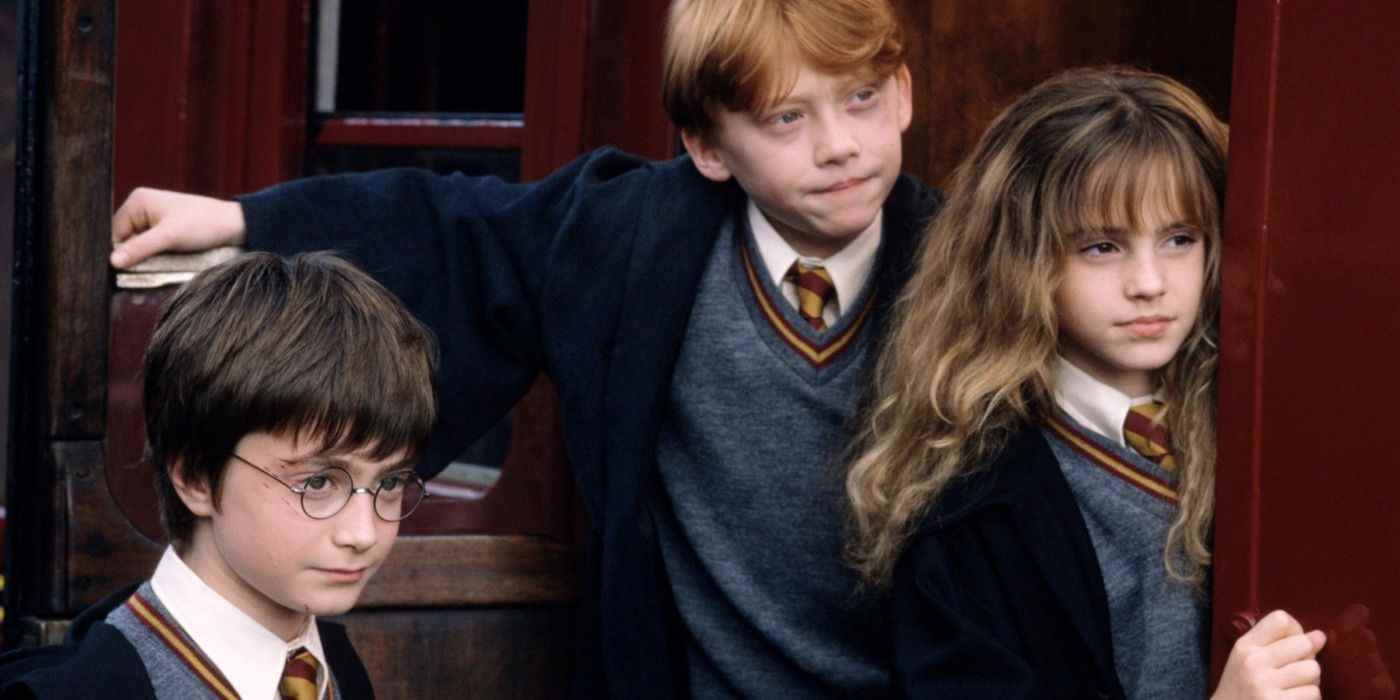
As detailed by Christopher Columbus via The Independent, Daniel Radcliffe was the hardest to find of the Golden Trio. His performance in David Copperfield made Columbus chomp at the bit to cast the actor in what would become his most iconic role.
As for Rupert Grint, as he details on YouTube, he sent a self-tape wherein he dressed up as his drama teacher and made up a rap. This was something that clearly displayed the typical Ron charm the casting directors, producers, and Columbus were looking for. In the same clip, Watson details how she, quite simply, got it through a school audition. As has been described by Columbus and others before, such as to The Huffington Post, it was an easy decision to cast both Rupert Grint and Emma Watson.
Not many audience members think about stuff like the casting process. However, it can make or break a film. For The Sorcerer’s Stone, it helped make it into such an amazing and memorable experience, making the long search for actors worth it for all involved – most of all the fans who twenty years on still adore the actors and characters.
